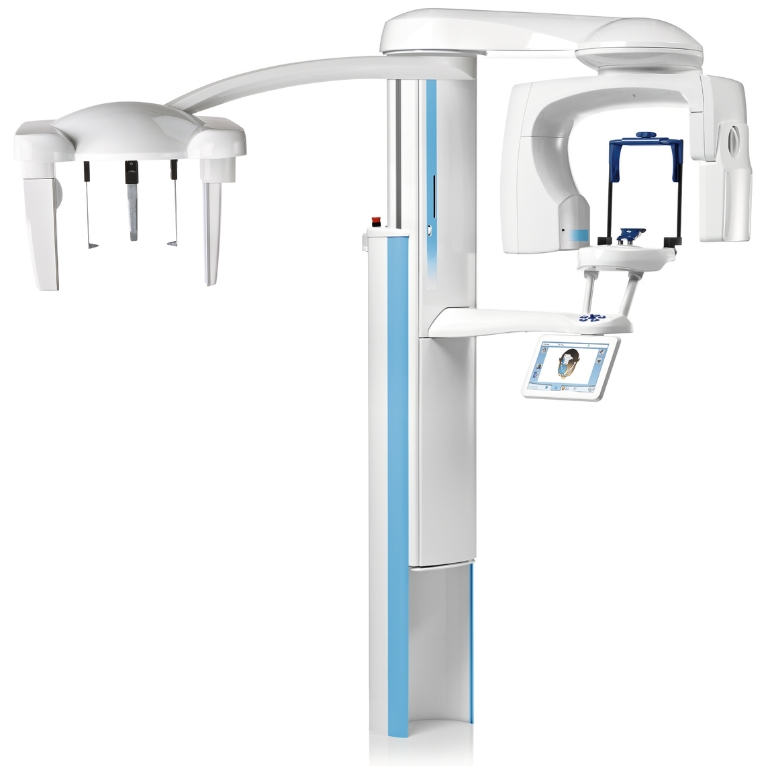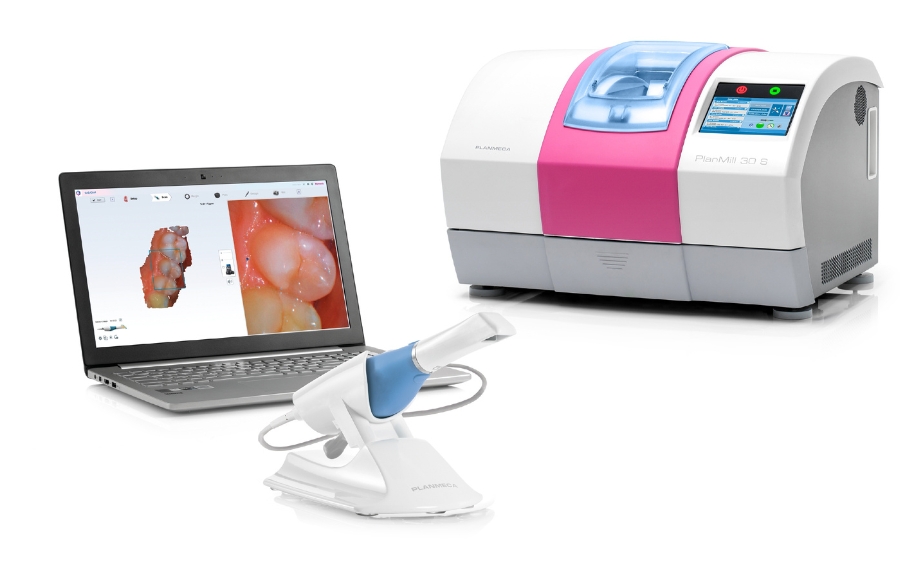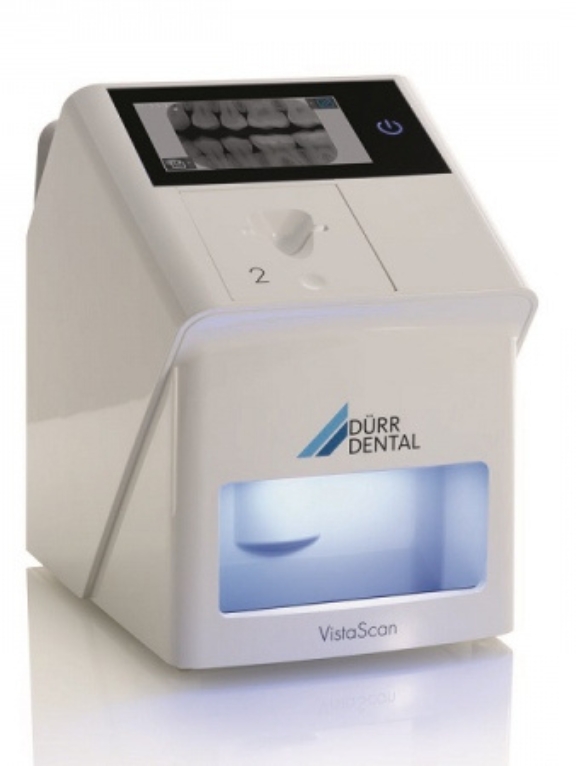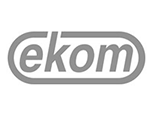
31st July 2023
Understanding Digital Dentistry
In the dynamic world of healthcare, digital dentistry has emerged as a game-changer, revolutionising how dental care is delivered. This innovative approach leverages cutting-edge technologies to enhance diagnostic capabilities and improve patient care, transforming the industry. But how exactly is digital dentistry changing the industry?
This article aims to delve into the transformative world of digital dentistry, exploring its advancements and understanding its impact on dental professionals and patients. From chairside digital procedures to CAD/CAM-generated restorations, new materials and techniques, and 3D printing applications, we will discover how digital dentistry is not just shaping the future of dental care but is actively redefining it today.

The Revolution of Chairside Digital Dentistry
One of the most striking ways digital dentistry is changing the industry is the rise of intra-oral cameras. These advanced tools, replacing traditional mirrors, provide unparalleled clarity and precision, altering how dentists examine patients’ teeth.
This digital disruption extends beyond the chair, streamlining the process of taking impressions and making dental treatments quicker and more comfortable for patients. It even presents the possibility of single-visit treatments, significantly reducing chair time and enhancing the overall patient experience.
Digital disruption is also creating new business models within the dental industry. For instance, mobile applications connect patients with dental professionals in real-time, making dental care more accessible and affordable.
CAD/CAM Generated Restorations
Computer-aided design and manufacturing (CAD/CAM) technology is another example of how digital dentistry is the future. This powerful technology enables dental professionals to design and manufacture indirect and direct dental restorations with unprecedented precision and efficiency.
CAD/CAM technology is reshaping the way dental restorations are created. Traditionally, the process involved taking physical impressions, creating plaster models, and manually crafting the repair – a time-consuming and labour-intensive process. With CAD/CAM, digital images are taken using intraoral scanners, and the restoration is designed on a computer screen before being milled or printed out of a ceramic block. This streamlined process results in highly accurate restorations that can often be completed in a single visit.
The impact of these advancements cannot be overstated. Not only have they significantly improved the efficiency and accuracy of dental restorations, but they have also enhanced patient comfort and satisfaction. Patients no longer need to endure the discomfort of traditional impression materials, and the ability to complete restorations in a single visit reduces treatment time and inconvenience.
Furthermore, CAD/CAM technology has opened up new possibilities for aesthetic dentistry. The ability to digitally design restorations allows for greater customisation and precision, enabling dental professionals to create virtually indistinguishable restorations from natural teeth.
As CAD/CAM technology continues to evolve and improve, it’s clear that it will play a pivotal role in the future of dental restorations, further cementing the transformative impact of digital disruption in the dental industry.
New Materials and Techniques in Digital Dentistry
Zirconia and lithium disilicate are some new materials that have been widely used in digital dentistry. These materials, known for their excellent durability and aesthetic appeal, can be precisely shaped and customised using CAD/CAM technology to create restorations that closely mimic natural teeth.
In addition, high-performance polymers have been introduced, offering a range of benefits, including high strength, biocompatibility, and the ability to be tinted to match a patient’s natural tooth colour.
Digital technology is revolutionising the materials used in dentistry and the techniques employed. Guided implant surgery and bone regeneration leverage digital technology for improved accuracy and predictability.
As our understanding of digital dentistry increases, we expect to see more innovative materials and techniques that push the boundaries of what’s possible in dental care, further illustrating how digital disruption is transforming the dental industry.

3D Printing Applications in Dentistry
3D printing has emerged as a pivotal player to those trying to better understand digital dentistry. It offers a host of applications that are revolutionising dental procedures. For instance, the ability to quickly and efficiently create accurate, customised dental models and appliances has made it an indispensable tool in modern dentistry.
One of the most significant roles of 3D printing in digital dentistry is its use in dental prosthetics. Traditional methods of creating dental prostheses can be time-consuming and labour-intensive. With 3D printing, dental professionals can digitally design and print custom prosthetics that perfectly fit the patient’s anatomy, improving the patient’s fit and comfort.
In orthodontics, 3D printing fabricates clear aligners and retainers, revolutionising how orthodontic treatments are delivered. In oral surgery, 3D-printed surgical guides help to improve the precision and safety of procedures such as dental implant placement4.
Looking to the future, the continuing implications of 3D printing in dentistry are vast. As the technology continues to evolve, we can expect it to become even more integral in dental practices, driving further advancements in patient care and treatment outcomes. Indeed, 3D printing is a transformative force in digital dentistry, underscoring the dynamic impact of digital disruption in the dental industry.
Stay up to Date with the Latest in Digital Dentistry
At Curran Dental, our solutions are at the forefront of innovation within the dental industry. From designing to building, equipping and maintaining practices, we believe in embracing technological solutions to keep you moving.
Find out more about our engagement with digital dentistry here, or feel free to get in touch for more information.

Further Reading
- When To Repair or Replace Your Dental Equipment
- Best Design Ideas for Your Dental Practice
- How Planned Maintenance Packages Can Benefit Your Dental Practice









